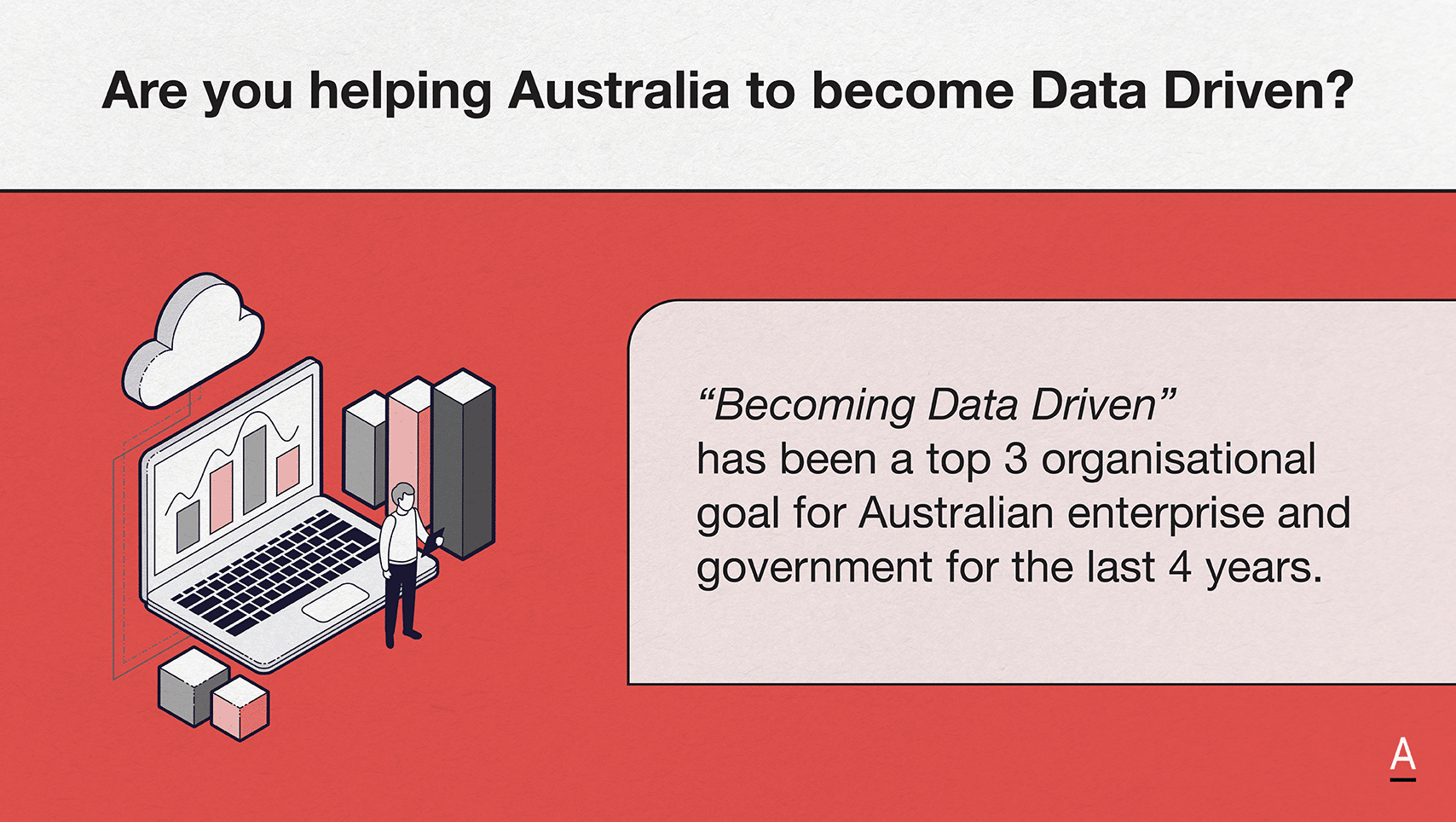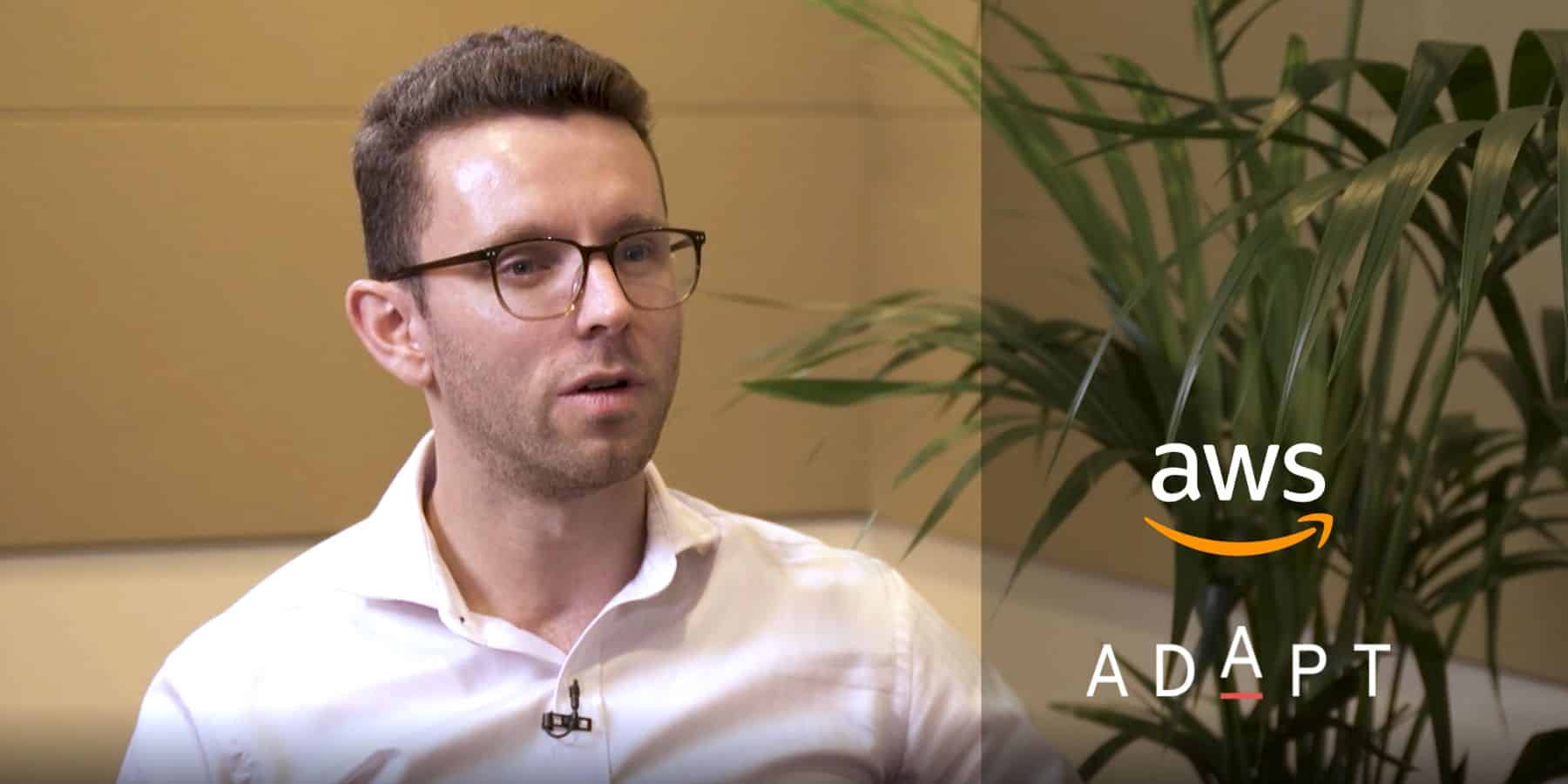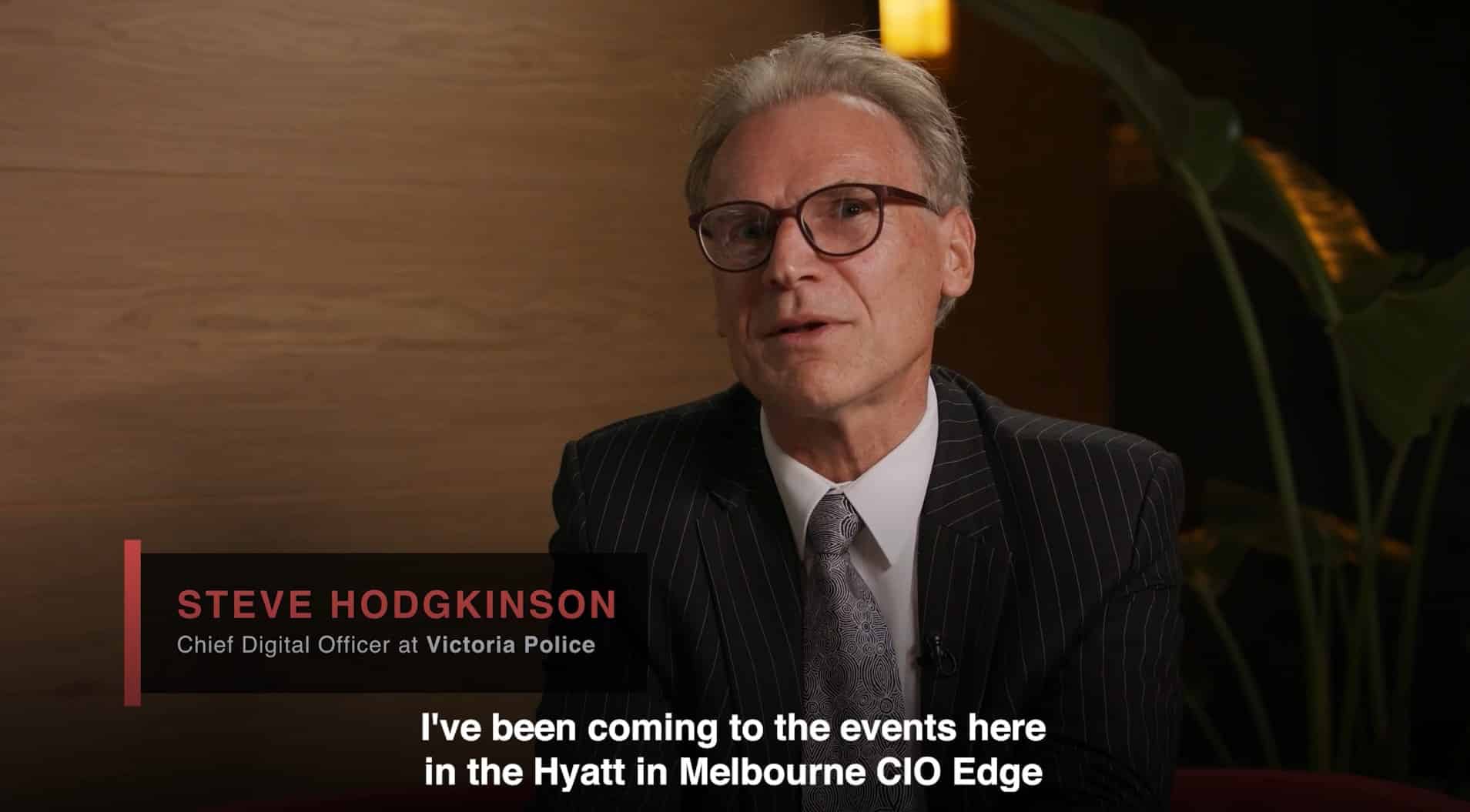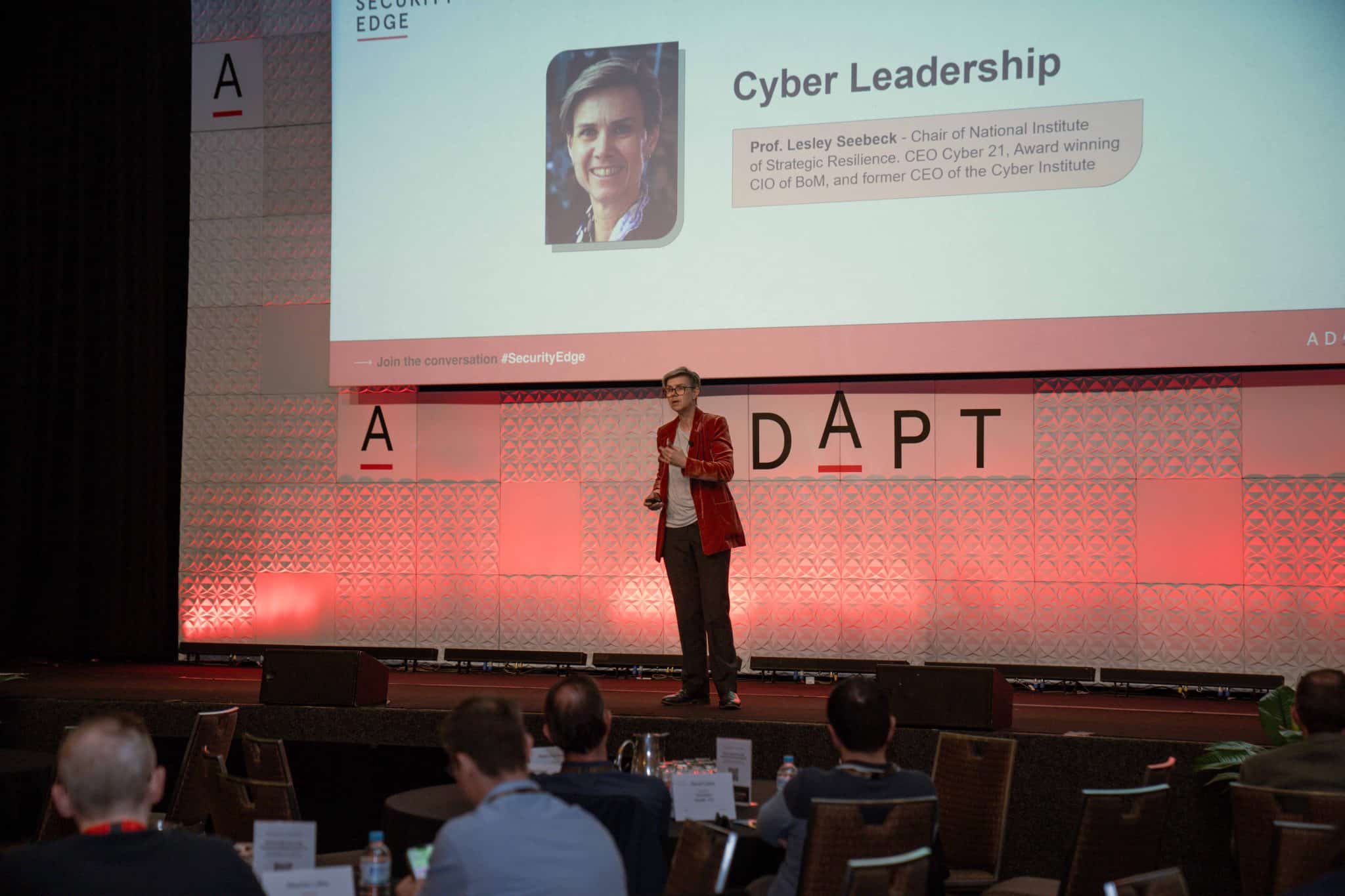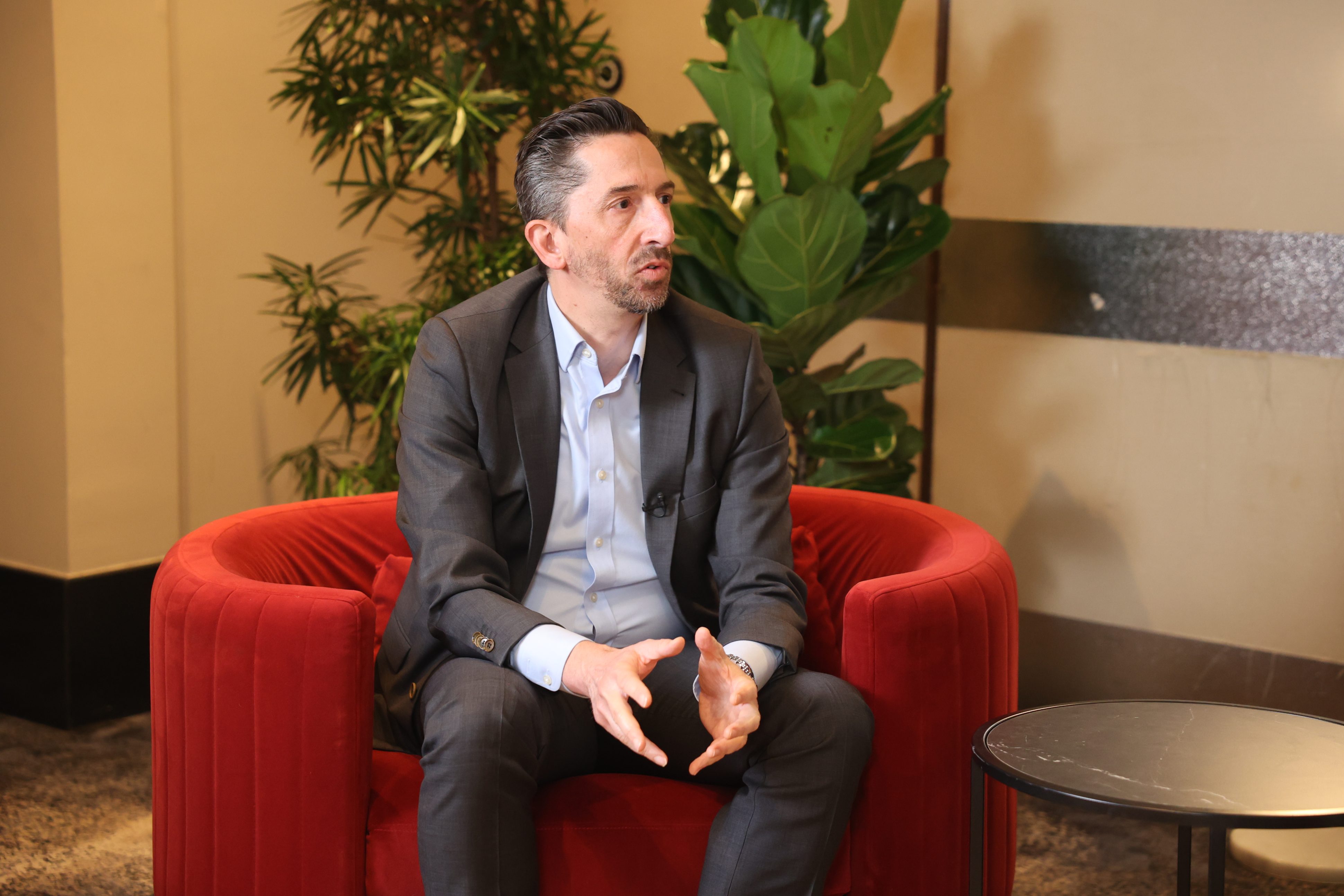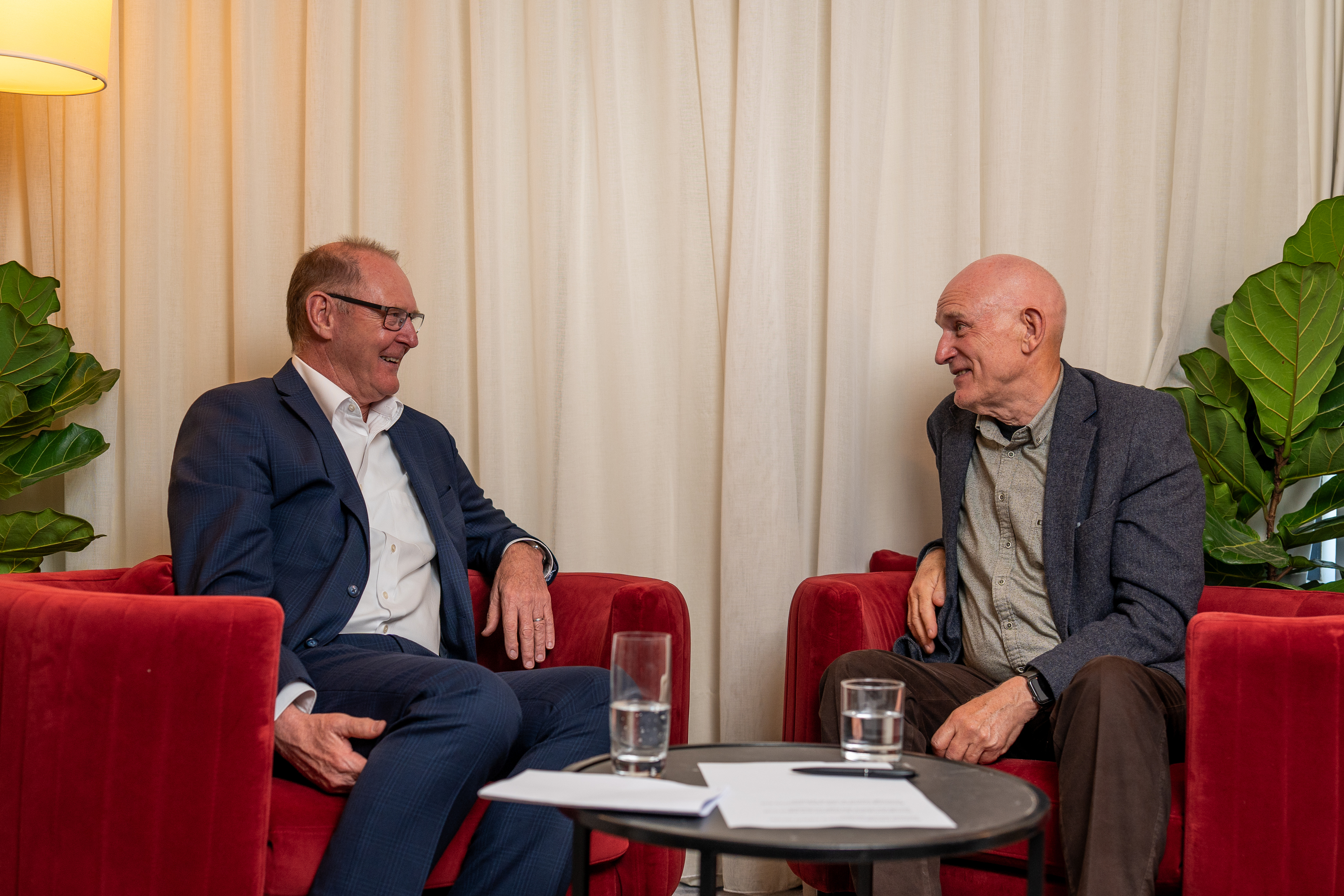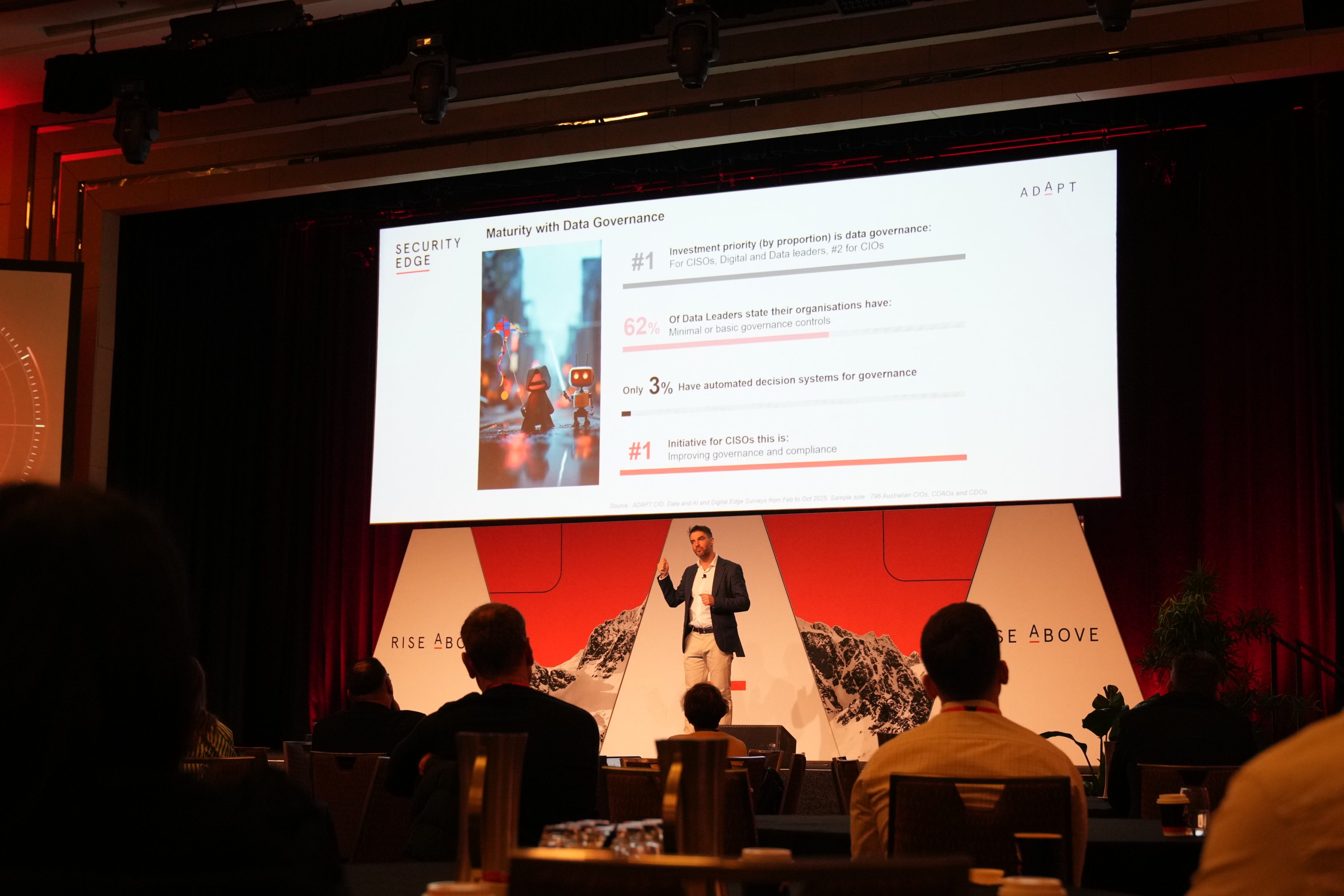Fortifying Cyber Leadership with Professor Lesley Seebeck
In this keynote presentation, Professor Lesley Seebeck - Chair of National Institute of Strategic Resilience, emphasises the need to understand the business context and psychology of colleagues to effectively communicate cyber security concerns and provide insights into the questions decision-makers may have regarding cyber security.In this keynote presentation, Professor Lesley Seebeck – Chair of National Institute of Strategic Resilience emphasises the need to understand the business context and psychology of colleagues to effectively communicate cyber security concerns and provide insights into the questions decision-makers may have regarding cyber security.
Professor Seebeck elaborates on five crucial areas decision-makers may ponder about cyber security: understanding the terminology and complexity of cyber, what’s at risk, accountability, the organisation’s ability to handle cyber security, and the cost and sustainability of cyber security measures.
She stresses the importance of context, risk transfer, and a continuous dialogue about cyber security within the organisation.
Professor Seebeck also discusses the concept of an infinite game in the cyber security realm and provides practical strategies for dealing with challenges in this dynamic environment, focusing on collaboration and continuous improvement.
The overarching message conveyed is to approach cyber security as a continuous journey, engaging the whole organisation, fostering a culture of resilience, and adapting to evolving challenges while keeping the mission and vision in mind.
She also highlights the importance of self-care and perseverance, given the demanding nature of the cyber security field.
Key Takeaways:
- Understand cyber leadership in the context of rapidly evolving cyber threats with a focus on anticipating failures and building organisational resilience.
- Navigating the complexities of cyber security include understanding the language of cyber, evaluating risks, and the tendency to victim-blame in the aftermath of cyber incidents. Organisations can manage risk and transfer accountability while emphasising the need to anticipate failures and maintain sensitivity to anomalies.
- The goal should be continuous engagement and improvement. The significance of shifting from being viewed as a cost centre to becoming a cyber security enabler, advocating for a holistic approach that involves understanding the organisation’s ethos and working towards common goals.




